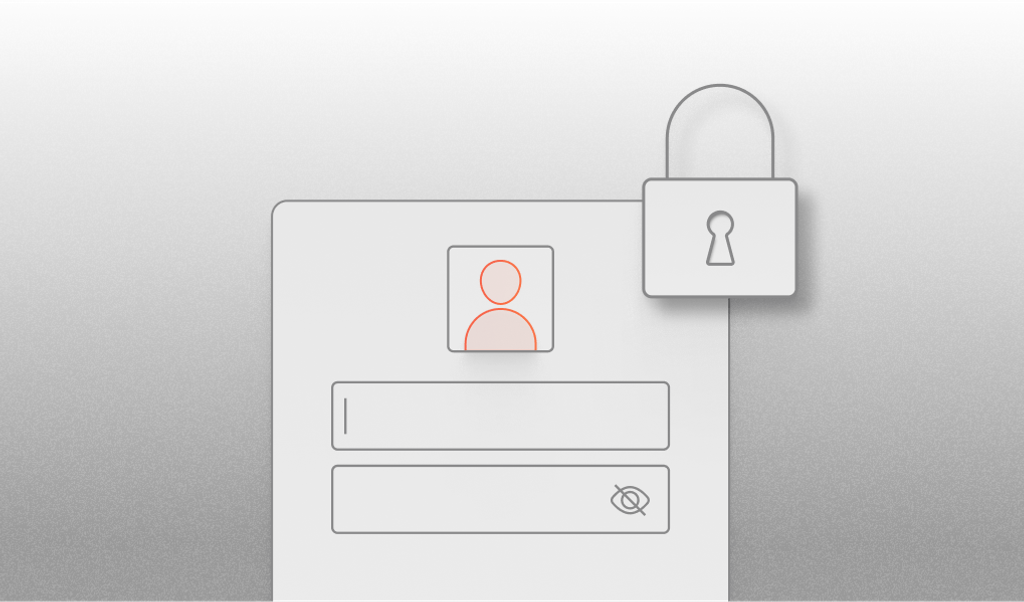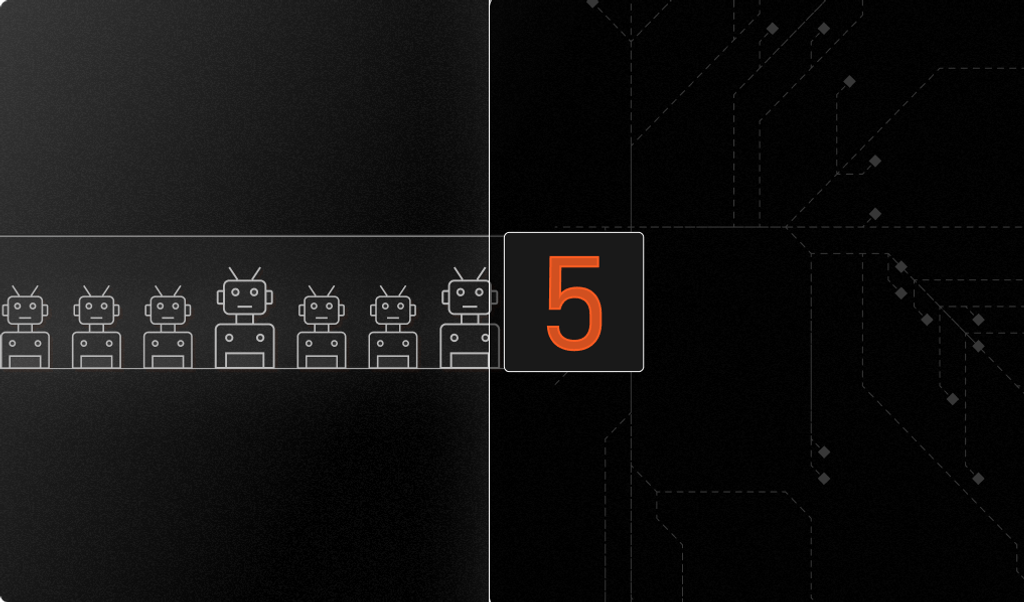Bot attacks are a significant security risk and cause for concern because they can disrupt services, steal data, and damage reputations. High-profile incidents, such as Distributed Denial of Service (DDoS) attacks on financial institutions and data breaches in retail companies, underscore the critical need for vigilance and advanced security protocols to safeguard against such automated and sophisticated threats.
What is a bot attack?
A bot attack is a malicious attempt by automated software applications (bots) to carry out various harmful activities on digital platforms. These can range from overwhelming websites with traffic to cause a DDoS, scraping data without permission, or attempting to break into user accounts through credential stuffing.
Notable examples include the 2016 Dyn cyberattack, where a massive DDoS attack disrupted major internet platforms and services across Europe and North America, showcasing the destructive power of bot networks or "botnets."
Defining a “bot”
A "bot" refers to an automated software application programmed to perform specific tasks on digital platforms, often without human intervention. These tasks can range from legitimate functions, like indexing web content for search engines, to malicious activities, such as launching cyberattacks or unauthorized data scraping.
What is a botnet?
A botnet is a network of internet-connected devices infected and controlled by malware, allowing fraudsters to coordinate and execute large-scale malicious activities remotely. In the context of bot attacks, botnets serve as the "army" behind operations like DDoS attacks, spam campaigns, and credential stuffing, leveraging the combined computing power and bandwidth of thousands or even millions of compromised devices.
Who is at risk of bot attacks?
Businesses of all sizes, from small startups to large corporations, are vulnerable to bot attacks due to their online presence. Any entity with a digital footprint, regardless of its scale or industry, is at risk since bots indiscriminately target websites, services, and online platforms for malicious purposes.
However, several industries are at elevated risk of a bot attack, including:
- Financial institutions are highly targeted for credential stuffing and fraud due to the direct access to monetary assets.
- Fintechs are at risk of sophisticated bot attacks that aim to compromise user accounts and disrupt services.
- E-commerce businesses are vulnerable to bots designed for price scraping, inventory hoarding, and checkout fraud.
- Online gaming and gambling are targeted by bots to creating fake accounts, and for cheating and phishing scams.
- Cryptocurrencies face automated attacks that seek to exploit wallet vulnerabilities and manipulate market prices.
- Government agencies are subject to bots looking for access to private data, to disrupt public services, and to spread misinformation.
How common are bot attacks?
Bot attacks have become incredibly prevalent in the digital landscape. A Security Week report estimates that 73% of all Internet traffic in Q3 2023 consisted of bad bots and related fraudulent activities. This surge in bot activity is further underscored by the dramatic increase in attacks, which grew 155% between 2021 and 2022, highlighting the escalating challenge that businesses and online platforms face in mitigating these threats.
The types of bot attacks businesses need to know
Bot attacks range in their complexity, target size, and maliciousness. We discuss some of the most common types of bot attacks below.
Credential stuffing
Credential stuffing is a bot attack where bad actors use automated bots to test stolen username and password combinations across various websites and applications. This method exploits users who reuse the same login credentials across multiple services.
The attack is carried out by feeding these stolen credentials into scripts or software that automates the login process on a broad scale, aiming to gain unauthorized access to user accounts.
Web scraping
Web scraping bot attacks involve using automated scripts to extract large amounts of data from websites without permission. These bots rapidly crawl through web pages, copying information such as product details, prices, and user reviews.
Competitors often use this method to steal proprietary data or malicious actors to gather information for spamming, phishing, or other fraudulent activities.
Scalping and ticketing
Scalping and ticketing bots are automated software programs designed to quickly purchase large quantities of tickets for events or products as soon as they go on sale online. These bots can bypass purchasing limits and security measures, allowing scalpers to buy up inventory and resell it at a significantly higher price.
The attack is executed by deploying these bots to rapidly and repeatedly access the sales platform, often using multiple accounts and IP addresses to avoid detection and blocking.
Denial-of-Service (DoS) and Distributed Denial-of-Service (DDoS) attacks
Denial-of-Service (DoS) attacks aim to make a website or online service unavailable by overwhelming it with a flood of traffic from a single source. Distributed Denial-of-Service (DDoS) attacks amplify this effect by using a network of compromised computers and devices, known as a botnet, to send massive traffic, making it difficult for the targeted servers to handle the load.
These attacks are carried out by exploiting vulnerabilities in networked systems or flooding them with requests, causing the service to slow down significantly or crash, denying access to legitimate users.
Click fraud
A click fraud bot attack involves using automated scripts or bots to repeatedly click on online advertisements without genuine interest in the product or service. This malicious activity depletes a competitor's advertising budget (since advertisers pay per click) or generates unearned revenue for the websites hosting the ads. The bots are programmed to mimic human behavior, making it challenging for detection systems to identify and block fraudulent clicks.
Account takeover (ATO)
An account takeover (ATO) bot attack involves using automated scripts or bots to gain unauthorized access to user accounts, typically by attempting to log in with stolen or brute-forced credentials.
These attacks are carried out by systematically trying various username and password combinations until a successful login is achieved, often leveraging data from previous breaches. Once attackers gain access, they can exploit the account for fraudulent transactions, data theft, or further malicious activities.
Strategies for preventing and detecting bot attacks
The good news for businesses and their employees is that there are preventative steps they can take to better equip themselves with the tools they need to effectively detect and prevent these types of bot attacks.
1. Educate employees about cybersecurity
Cybersecurity awareness among employees is crucial because informed individuals can identify and mitigate the risks of bot attacks early on, acting as the first line of defense by recognizing suspicious activities and adhering to security protocols to prevent unauthorized access or data breaches.
2. Implement multifactor authentication
Multifactor authentication (MFA) significantly enhances account security by requiring additional verification steps beyond just a password, such as a code from a smartphone app, a biometric, or digital fingerprint, making it exponentially more difficult for bots to gain unauthorized access even if they have stolen credentials.
3. Curate allowlists and blocklists
Using allowlists and blocklists to control access to web resources effectively minimizes unwanted bot traffic by explicitly permitting access only to known, legitimate users or IP addresses (allowlists) while blocking identified malicious sources or regions (blocklists). This ensure only genuine users and beneficial bots have uninterrupted access while keeping malicious activities at bay.
4. Browser fingerprinting
Browser fingerprinting leverages the unique combination of browser attributes, such as version, installed plugins, and screen resolution, to distinguish between legitimate users and bots, enabling the implementation of nuanced security measures that tailor access and interactions based on the identified characteristics of each visitor.
5. Monitor user activity and analyze web traffic
Continuous monitoring and analysis of user activity and web traffic patterns are crucial for early detection of security threats and anomalies, enabling timely intervention to prevent unauthorized access and ensure the integrity of web resources.
6. Use a bot detection tool
A bot detection tool can help identify and block automated traffic by analyzing user behavior, employing machine learning to discern patterns, and utilizing fingerprinting techniques. These methods detect anomalies, assist businesses in preventing bot attacks, protect sensitive data, and ensure a secure online environment for legitimate users.
Fingerprint is an example of a bot detection tool designed to help businesses halt fraudsters by leveraging advanced browser and device fingerprinting technology to identify and block malicious automated activities, safeguarding against fraud and enhancing online security.
Safeguard your business against bot attacks with Fingerprint
Understanding and addressing bot attacks is important for websites that experience regular and high volumes of traffic. By adopting comprehensive cybersecurity strategies, including employee education, implementing multifactor authentication, leveraging browser fingerprinting, and employing bot detection tools, websites can significantly enhance their defenses against automated bot attacks.
Learn more about how Fingerprint can help detect and prevent bad bot attacks.
FAQ
Businesses should look for bot detection tools that offer real-time analysis, behavioral analysis, machine learning capabilities, integration with existing systems, customization options, and comprehensive reporting features.
Organizations can keep their cybersecurity education programs up-to-date by regularly reviewing training materials to include the latest threats, engaging with cybersecurity communities for insights, incorporating practical exercises, and leveraging external expertise for specialized knowledge.



